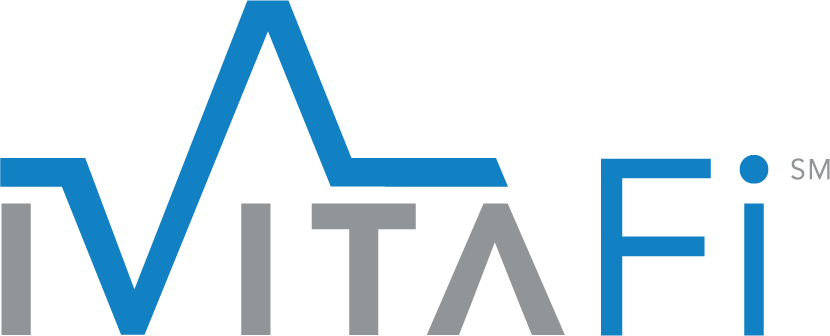Read these four myths to dispel when deciding on a lending option for your patients.
Patient collections have proved challenging ever since the broad adoption of high-deductible health plans more than a decade ago. The fallout from the COVID-19 pandemic added another level of difficulty to collecting from patients due to unemployment. Even if they’ve never done so before, hospitals would be wise to consider new strategies such as recourse or non-recourse lending programs to improve patient collections. Doing so can lessen the burden, lower costs, and reduce write-offs.
The question is what type of lending program to choose: recourse or non-recourse? Following are four myths to dispel when deciding on a lending option for your patients.
Myth 1. Lenders require a certain credit score. Depending on the lender, whether recourse or non-recourse, they may or may not require a credit score. In fact, some lenders look beyond credit scores because they understand that patients treat their medical debt differently than they treat their mortgage, car loans, and retail credit. Having a specific credit score is not a reliable indicator of whether a person will pay a medical bill on time—or at all. In short, a patient’s ability to pay doesn’t necessarily indicate likelihood to pay.
According to The Burden of Medical Debt: Results from the Kaiser Family Foundation/New York Times Medical Bills Survey, 37 percent of individuals with household incomes below $50,000 have reported difficulties paying medical bills while 40 percent of those with incomes over $50,000 have reported the same, 14 percent of whom make over $100,000.[1] Other factors besides income also influence medical bill payment. These include gender, age, education level, insured vs non-insured, the region a person lives in, and whether or not they have children.
Hospitals should beware: Some lenders pick and choose the accounts they take, accepting only those with a low risk of default in an effort to report better collections rates. Look for a lending partner that offers a solution that fits your patients’ needs, not the lender’s needs.
Myth 2. Hospitals are better off managing collections in-house. Some providers push back on the idea of outsourcing accounts based on the desire to maintain control of their own revenue cycle. However, they may be underestimating the value of having access to their capital, especially in these challenging times.
Hospitals with a recourse loan option must park capital in a contingency account since these lenders can return accounts back to the hospital if the patient defaults. This puts greater stress on the revenue cycle, impacting everything from days in AR to cash flow to bad debt and added complexity due to managing quarterly or annual reconciliation of returned accounts.
Hospitals that work with non-recourse lenders don’t have to maintain a contingent liability or manage a reconciliation process. With non-recourse lending, the lending company keeps all patient accounts no matter their status and uses its own strategies for collecting remaining payments.
SPAI (self-pay after insurance) patients pay an average payment of 10.9 percent on inpatient accounts, while true self-pay patients have a payment rate of just 6.06 percent, according to an analysis of provider data conducted by Crowe Horwath.[2]
Myth 3. Recourse lenders are cheaper than non-recourse lenders. On the surface this may look to be the case. After all, who can deny that a lower, 8 to 15 percent fee (for example) sounds better than a higher 25 to 30 percent fee? You should review your patient account portfolio when comparing programs, but the biggest factor will be evaluating the cost of the returned patient accounts (recourse rate).
The higher fee from a non-recourse program may pay for itself in the long run when considering the cost of returned patient accounts, all lender costs, and the overhead of managing the complex reconciliation process.
After considering all applicable recourse lender fees, bad debt agency fees, contingent liability management, time spent managing returned patient accounts and complex reconciliation processes, we’ve seen hospitals pay on average greater than 25 percent on loans returned to the hospital—nearly triple the original lending fee.
Myth 4. Non-recourse lenders charge patients interest and merchant fees. Again, it depends on the lender and may not be tied to the type of program. Hospitals should look for a program that offers their patients the best value and meets patients’ expectations as consumers, such as 0 percent interest, fixed monthly payments and no credit check. Beware of lenders that offer an introductory “interest-free” period after which a higher interest rate goes into effect.
The Reality
Even before the COVID-19 pandemic, 40 percent of Americans surveyed said they would be unable to cover a $400 emergency with cash, savings, or credit.[3] In 2021, reports abound of patients using stimulus money to pay off debt, including medical debt, but it isn’t clear how long the stimulus checks will continue. As the country focuses on opening back up, hospitals need all the help they can get to rebuild their revenue streams while ensuring patients can afford the care they need.
Hospitals shouldn’t let the myths about recourse or non-recourse lending fool them. Partnering with a non-recourse lender can help hospitals keep their capital flowing without the liability involved with returning patient accounts.
Contact iVitaFi today to discuss non-recourse financing options for your patient population. Our program provides a no-interest line of credit for patients of all credit profiles, helping our partner hospitals throughout the U.S. improve cash flow and reduce patient bad debt. We help patients pay for their out-of-pocket costs, keeping them on the path toward complete physical and financial wellness.

